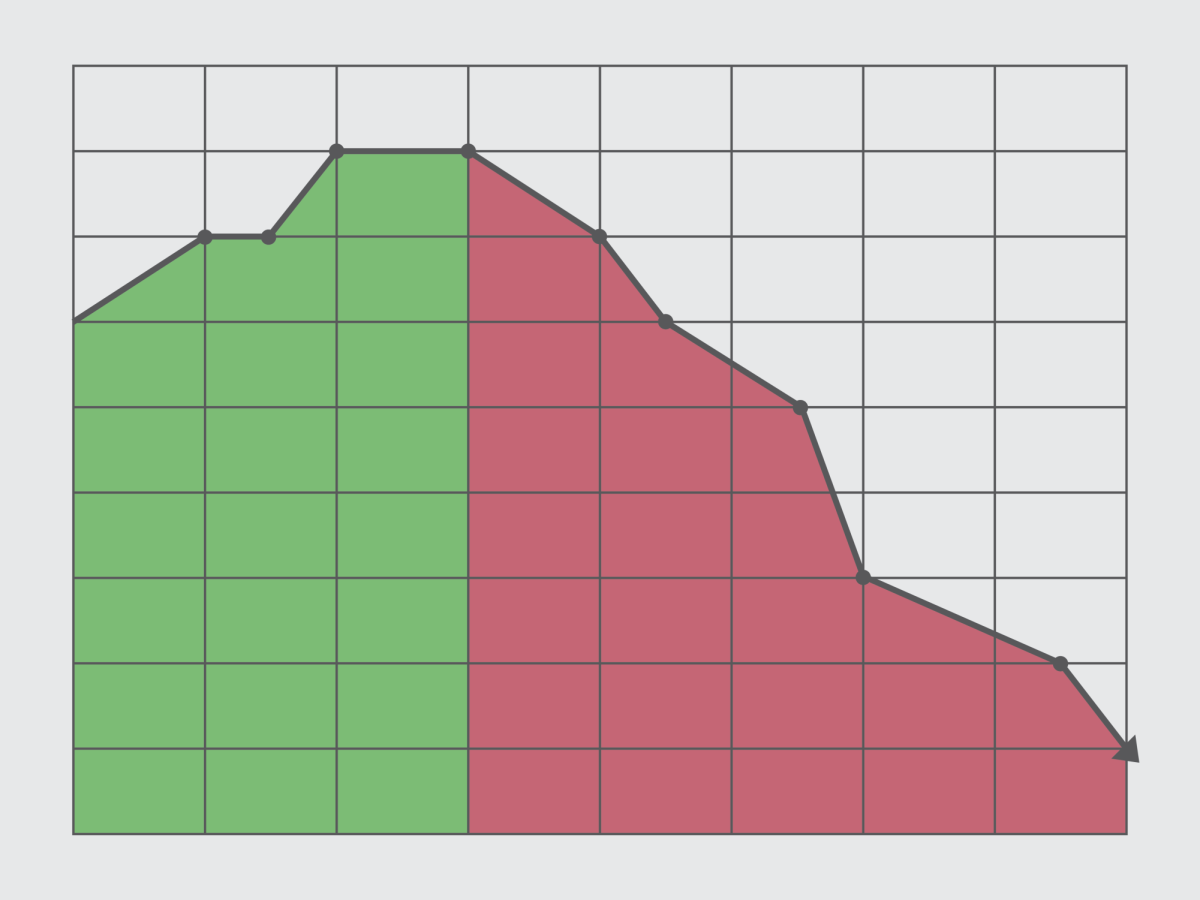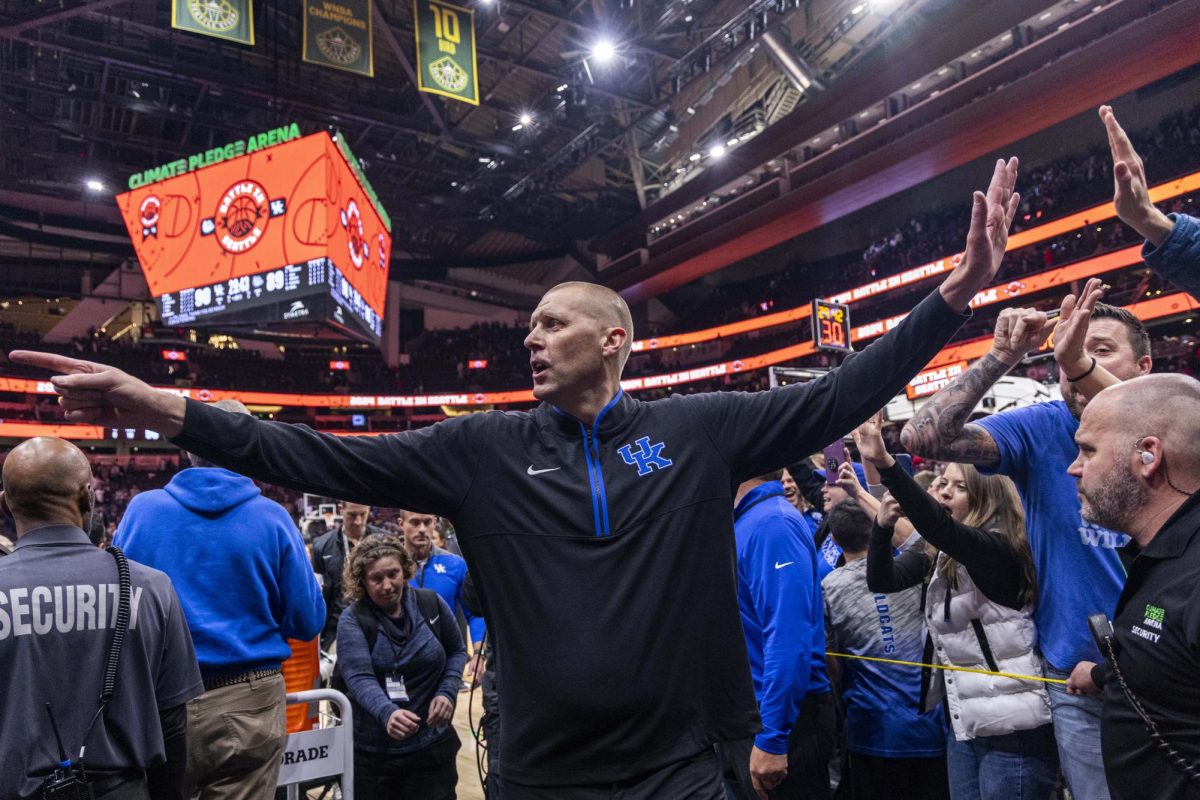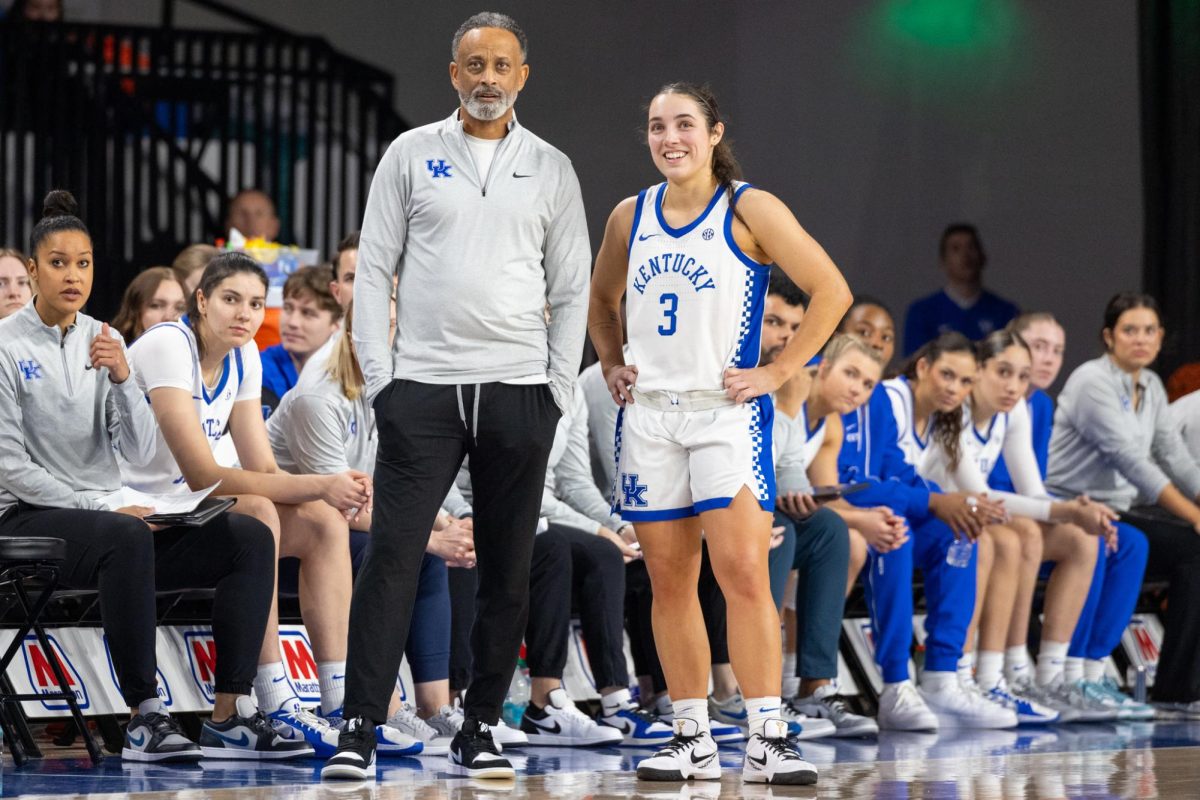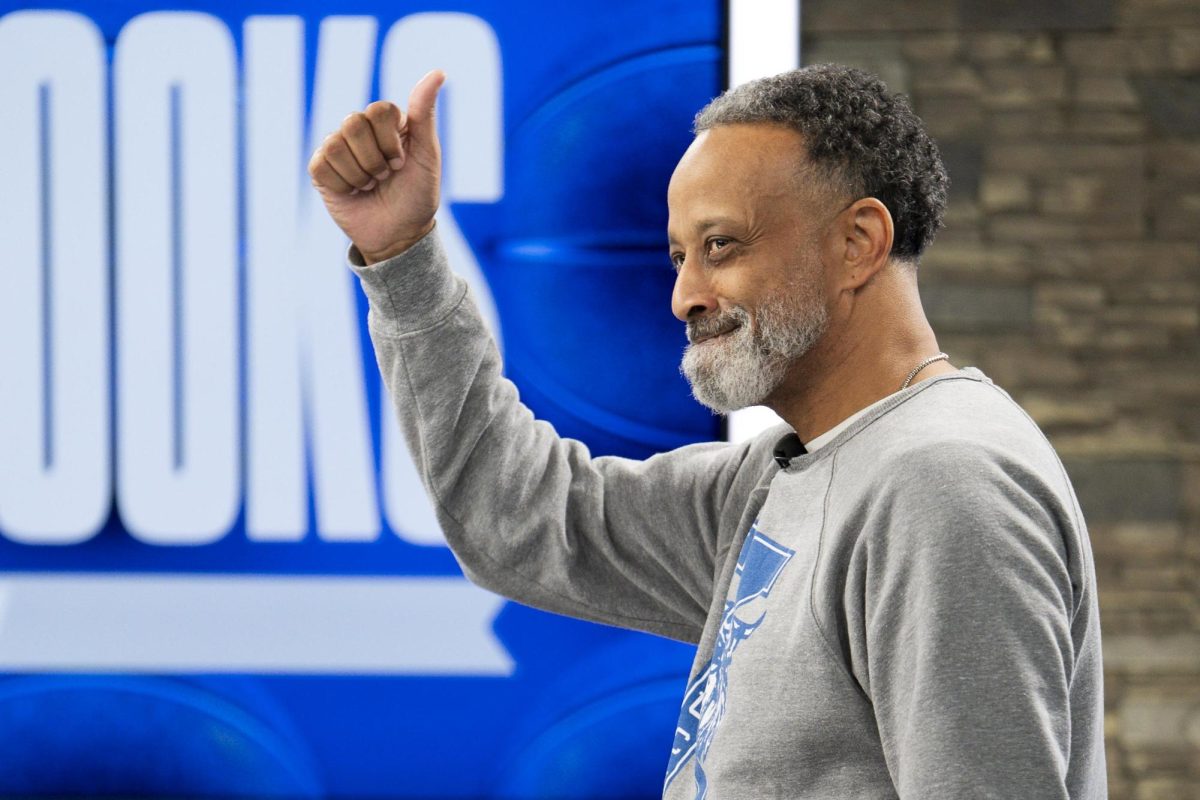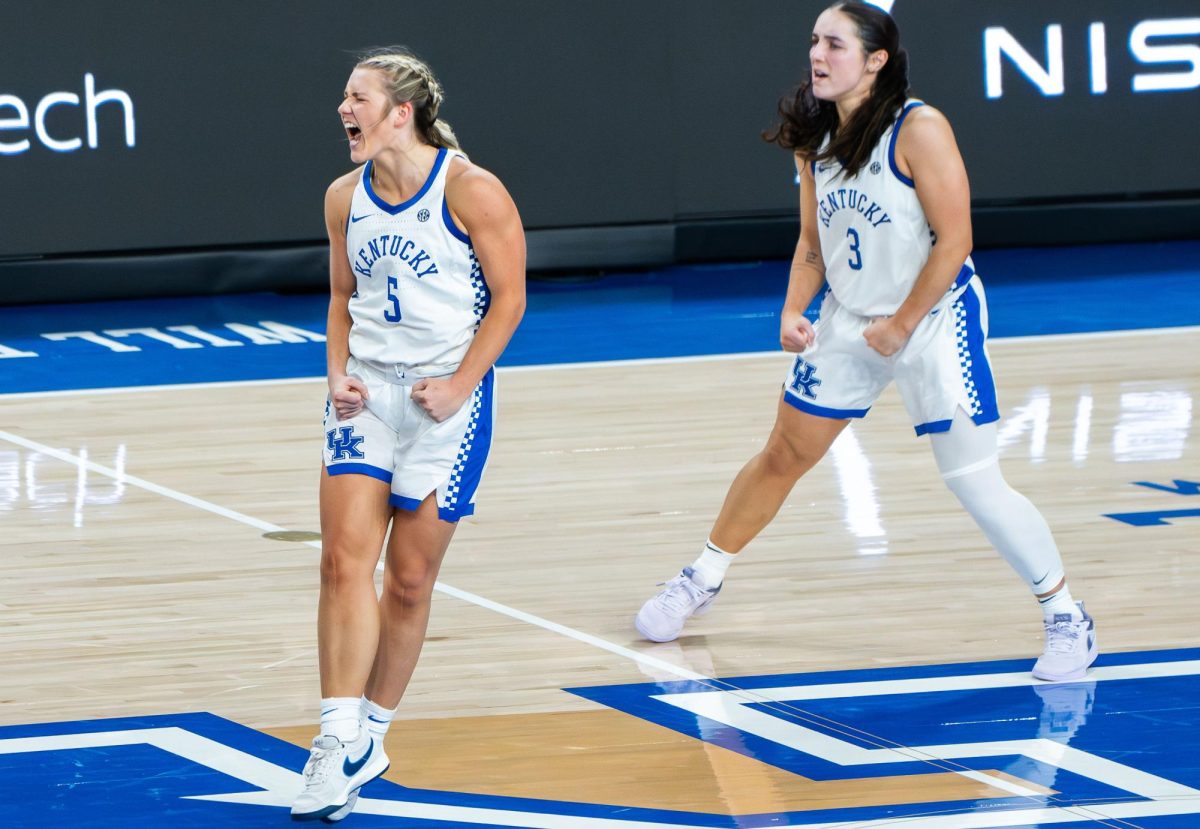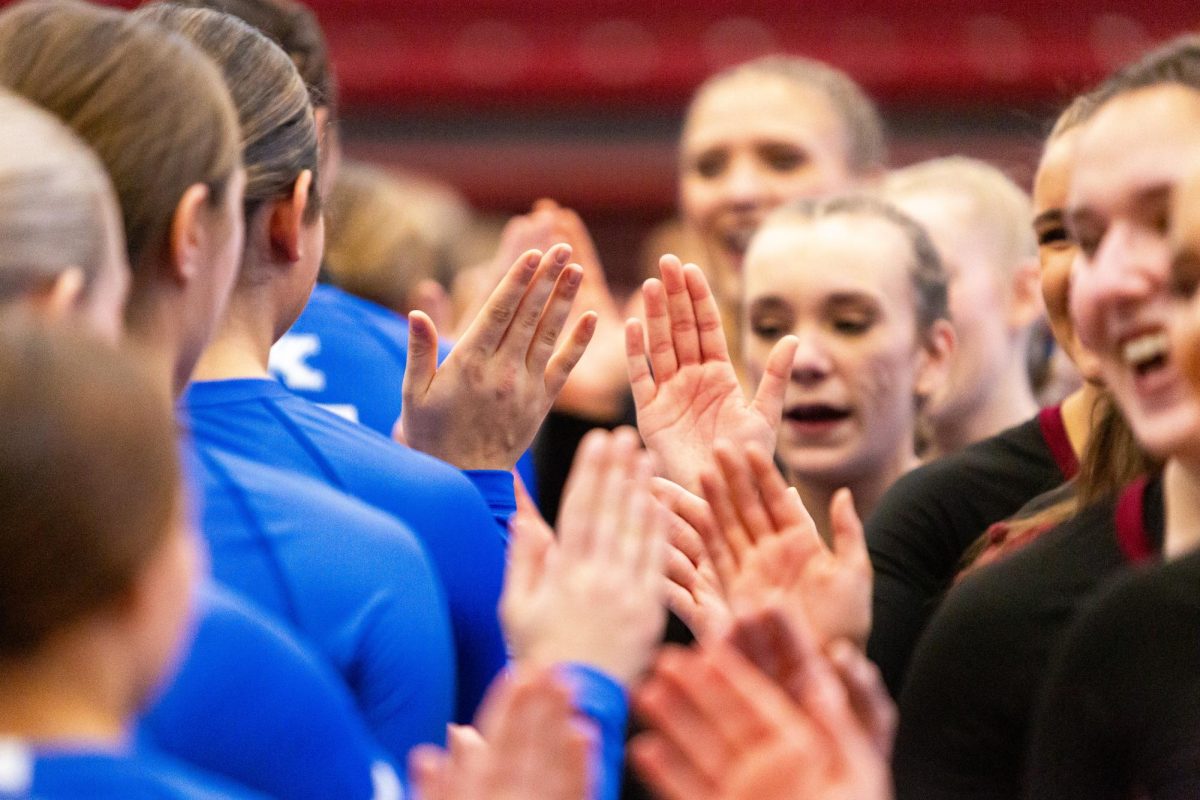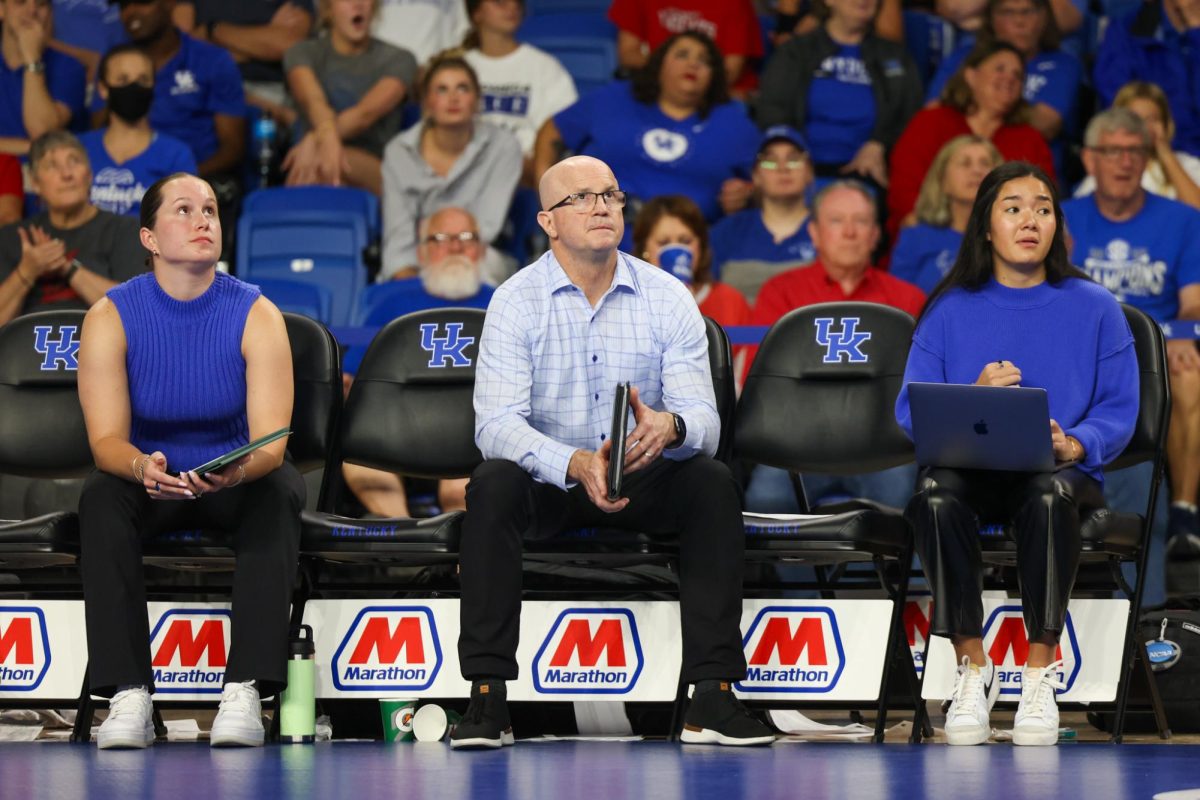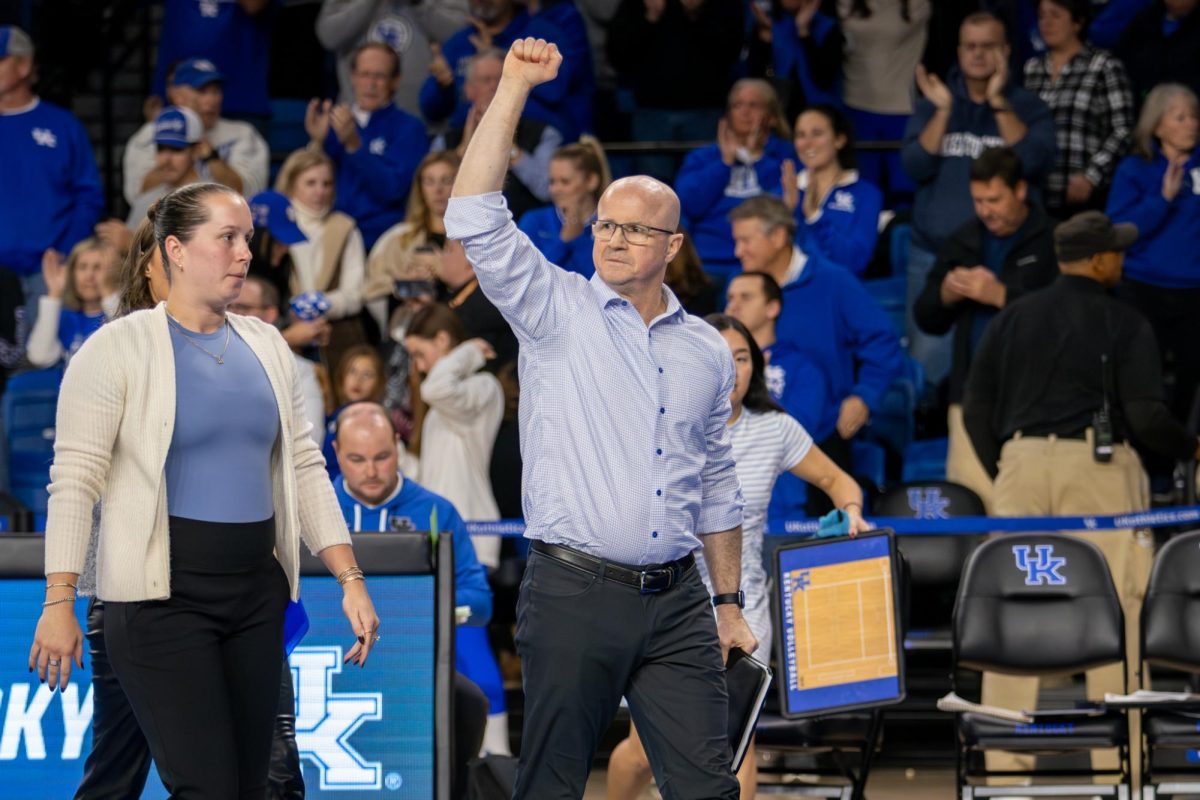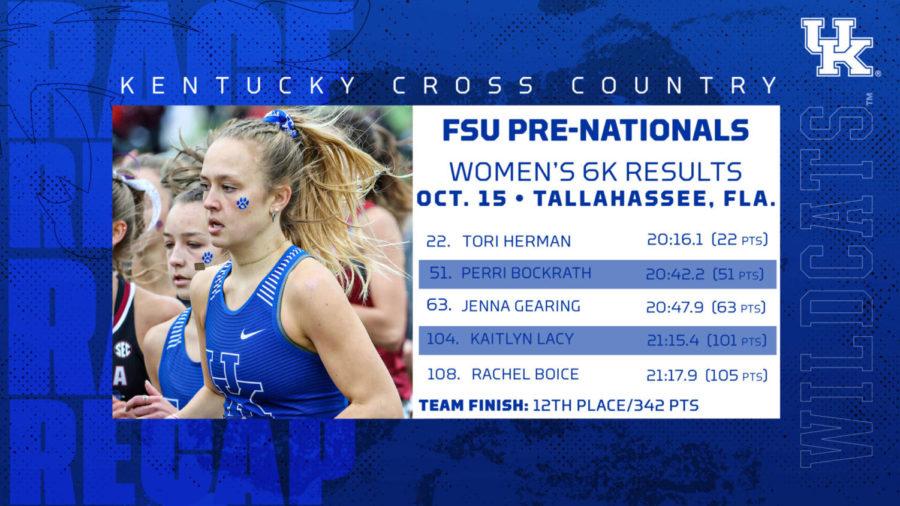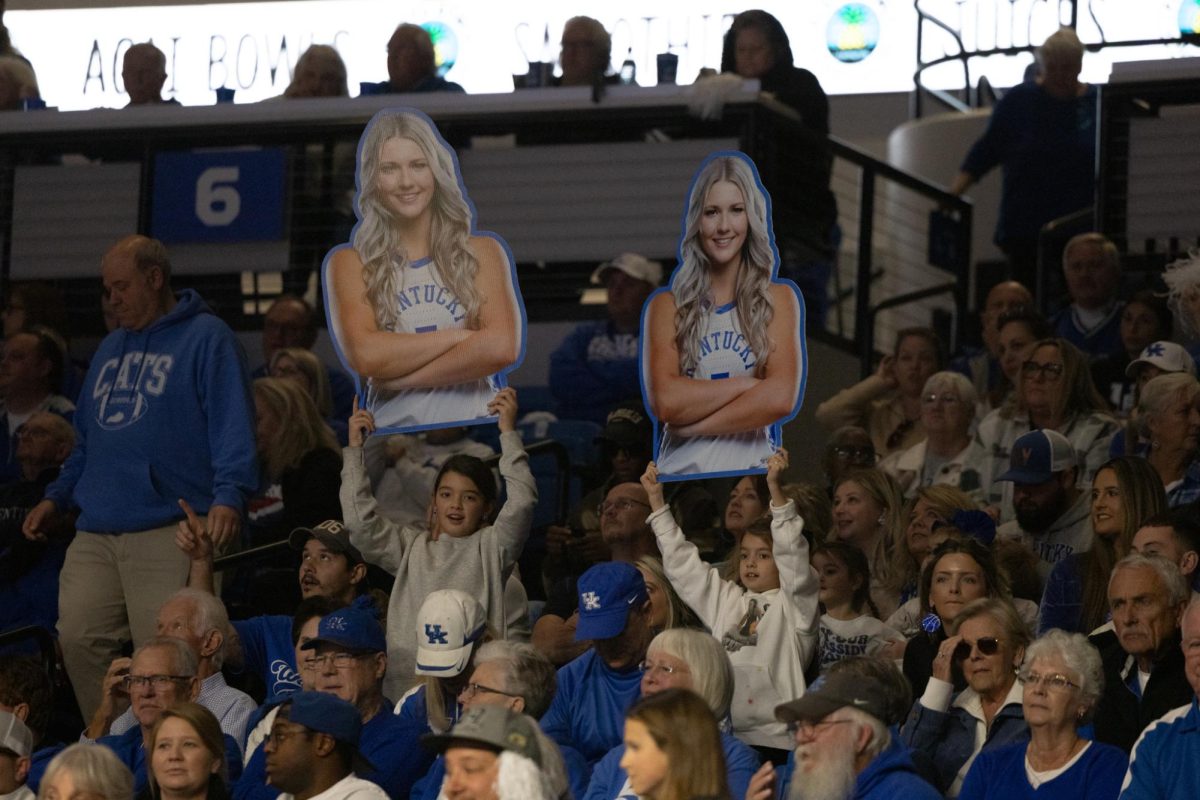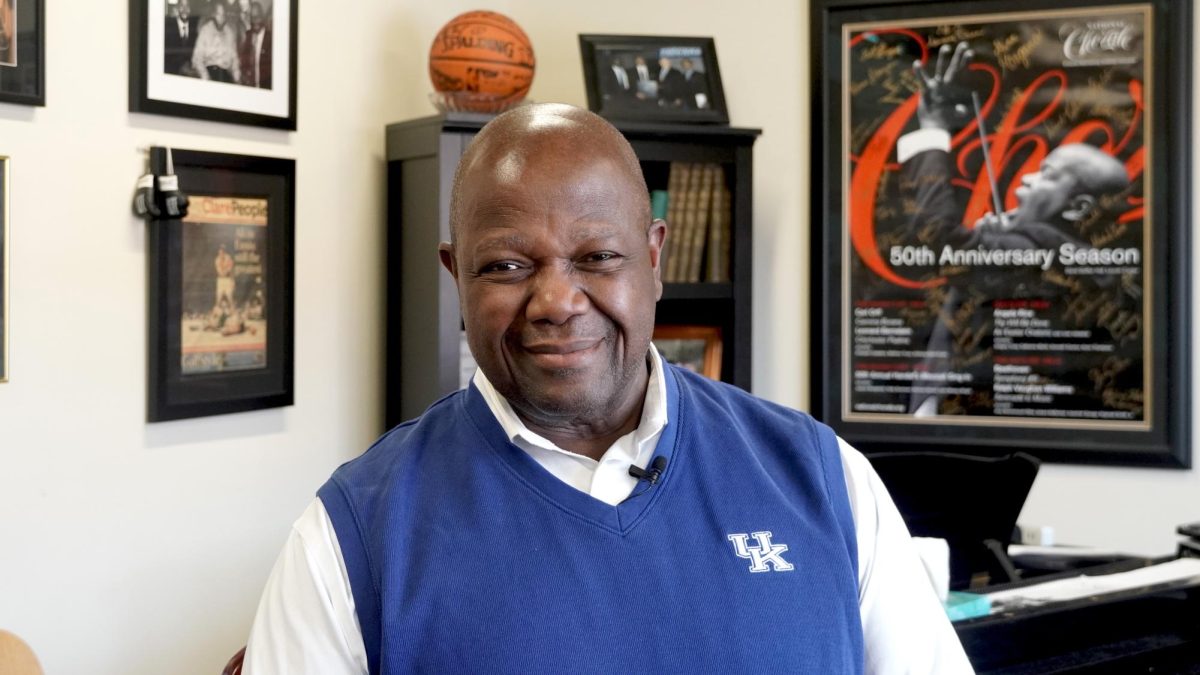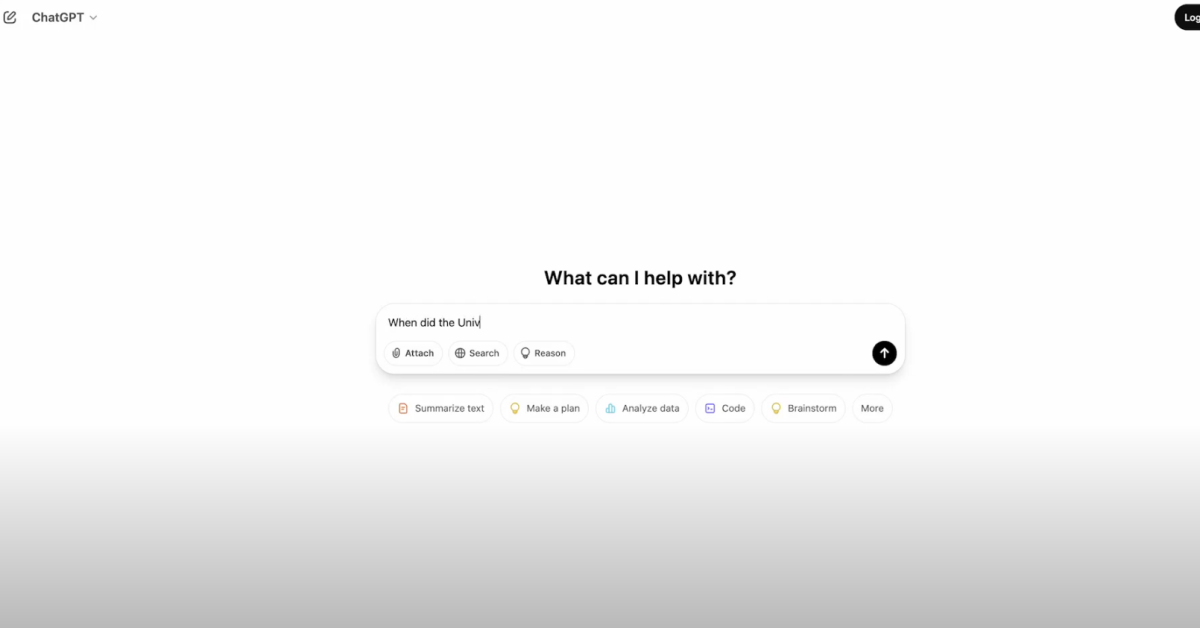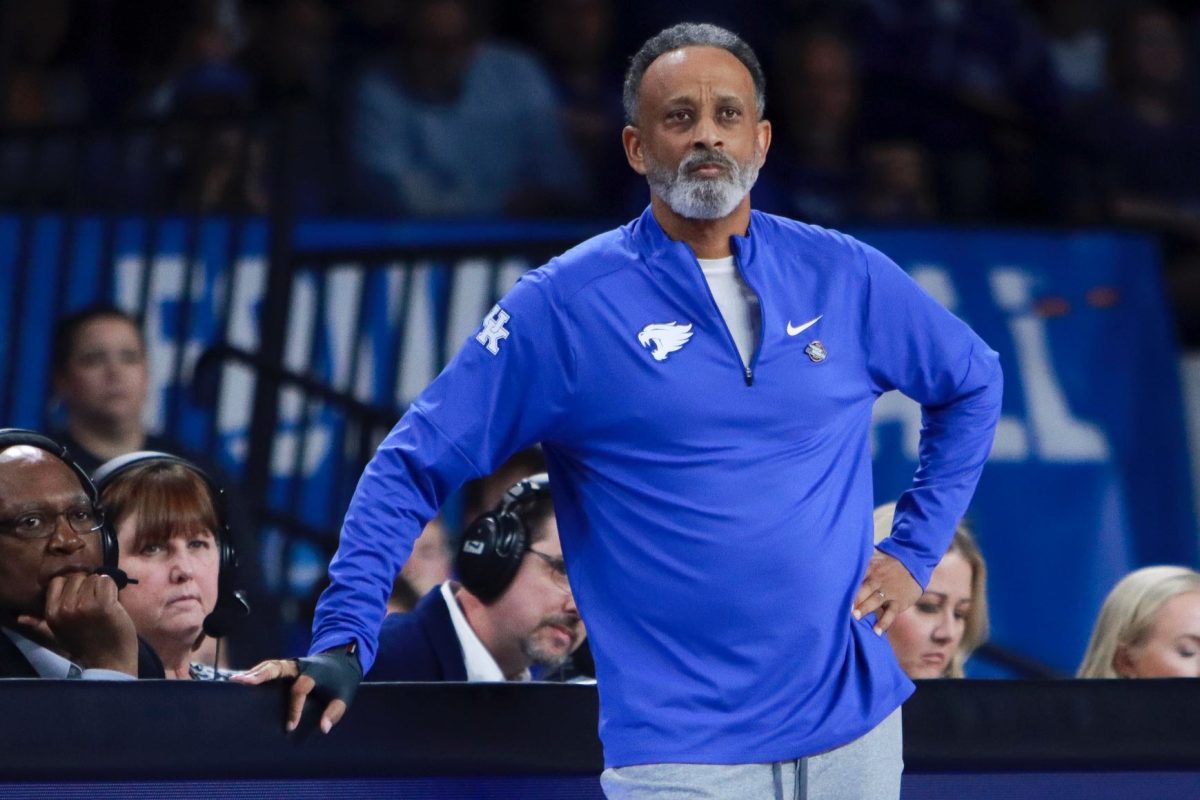Netflix: the future of TV
October 11, 2013
By Laura Shrake | Assistant News Editor
It’s everywhere.
On your phone, your laptop, your DVD player, gaming console or your tablet.
It’s Netflix. It’s Hulu. It’s the age of instant video streaming.
Companies like Netflix and Hulu are taking the lead in the world of online television networks with Netflix at the top, entertaining more than 37 million members in 40 countries, according to the Netflix website.
The company’s total assets as of June 2013 were $4,480,751 according to Netflix’s second quarter 2013 financial statement.
With the reality of portable instant gratification, many are making the switch from traditional cable to online television and movie streaming.
“We realized we weren’t really watching any of the channels on cable,” UK Spanish instructor and Ph.D. candidate Grace Martin said. “They were charging us over $100 for three channels (that we watched regularly).”
Martin and her husband made the switch from cable to streaming sites about a year and a half ago, reducing their television and movies bill by one fifth, totaling about $20 per month.
“It’s a lot more reasonable,” Martin said. “We get to choose when we watch our shows.”
A Netflix streaming subscription, which allows the user to watch on up to two devices at once and watch as often as desired on a computer, costs $7.99 each month.
DVD plans range from $6 per month to $20 depending on the number of DVDs desired per month.
Another player in the streaming market is Hulu, which similarly has different levels of subscriptions for its users.
Basic Hulu is a free streaming site and does not require a subscription.
For $7.99 monthly, Hulu users can upgrade to “premium programming” via Hulu Plus.
Hulu’s content is provided by numerous networks like Food Network, Fox, ABC, CBS and BBC, the British Broadcasting Corporation.
Both of these services offer the ability to stream through internet-capable devices like smart TV’s, DVD players, gaming consoles like Play Station, Xbox and Nintendo Wii, tablets and smartphones, according the Netflix and Hulu websites.
Netflix hosts popular shows like The Walking Dead, The Office and New Girl, as well as original shows like House of Cards.
Communication instructor and graduate student Nick Iannarino noted how online streaming sites like Netflix can boost the popularity of a show.
“Breaking Bad only had one million viewers after its first season,” Iannarino said. “When it ended, it had ten million … it allows us to revisit shows we wouldn’t otherwise be able to.”
Similarly, Martin said she and her husband rarely watched anything on live television, so having no commercials is one thing she likes about having a subscription.
“When we first got Netflix, we started watching ‘Heroes’,” Martin said. “I remember having to go to teach the next day and staying up until 2 a.m. (watching Netflix).”
In contrast, cable companies like Time Warner Cable Inc. are still providing television to many.
The company entertains more than 15 million customers in 29 states and is similar to the Video On Demand and Pay-Per-View options on streaming sites.
But still, many like Martin choose to forego cable altogether in exchange for subscriptions to the leading streaming sites.
“I absolutely don’t see the need for regular cable anymore,” Martin said. “If they were to offer things like being able to choose what channels you can pay for, I might consider going back.”
But Martin, like many students on campus, has fallen into the “binge-watching” of her favorite shows like “Dr. Who” and “Parks and Recreation.”
“I think about how in high school I could just power through my homework, but now it’s different,” Martin said. “I’ll have (something) playing in the background while I grade … or watch something while I eat lunch.”
Martin said even she, as an instructor, is not immune to the distraction that modern commodities like Netflix and Hulu offer.
“(My husband and I) made it a point to watch only one per day,” Martin said. “It’s like Christmas to see new episodes.”


















